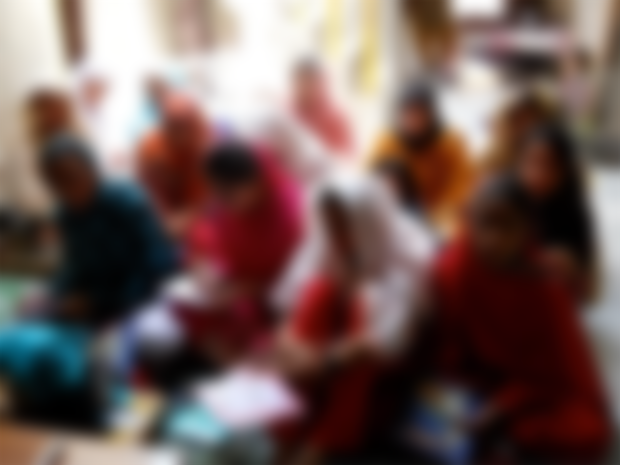Women education in the world
Women's education around the world has seen significant progress in recent decades, but challenges and disparities still exist. Many countries have made efforts to promote gender equality in education, leading to increased enrollment of girls in schools and higher education institutions.
Key points about women's education worldwide:
1. Progress: In man

y regions, the gender gap in education has narrowed, with more girls attending primary and secondary schools. Female literacy rates have improved.
2. Challenges: Despite progress, disparities persist, particularly in low-income and conflict-affected areas. Factors like poverty, cultural norms, early marriage, and gender-based violence can hinder girls' access to education.

3. Higher Education: More women are pursuing higher education, including undergraduate and graduate degrees, contributing to a more educated female workforce.
4. Empowerment: Education empowers women, enhancing their economic opportunities, decision-making power, and overall well-being.
5. Global Initiatives: Organizations like UNESCO and UN Women work to promote gender equality in education through various initiatives and campaigns.

6. COVID-19 Impact: The COVID-19 pandemic posed challenges to women's education, with disruptions in schooling and increased caregiving responsibilities affecting girls' access to learning.
Efforts to ensure women's access to quality education and to address the remaining disparities continue to be important for global development and gender equality.


